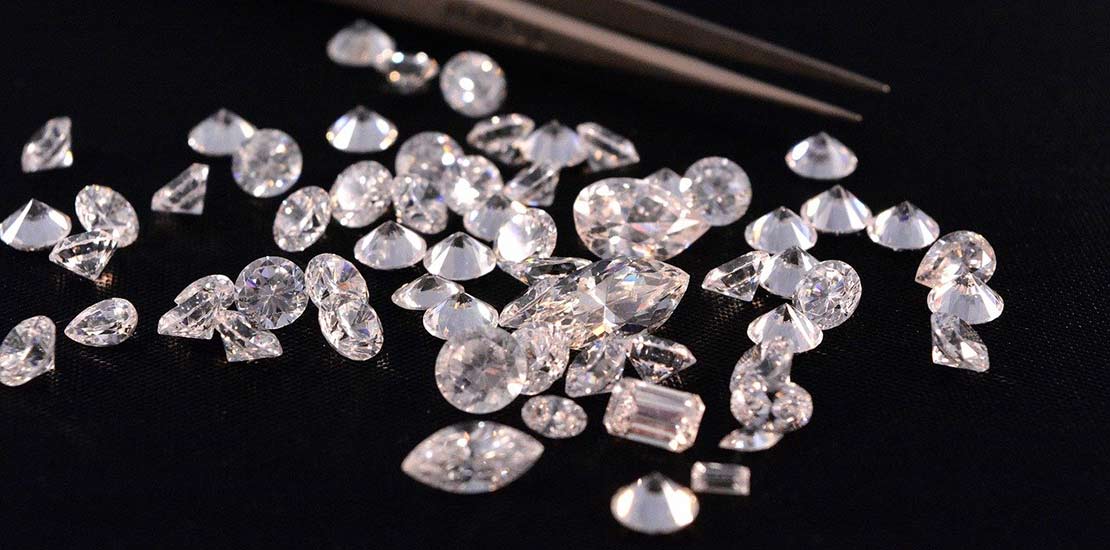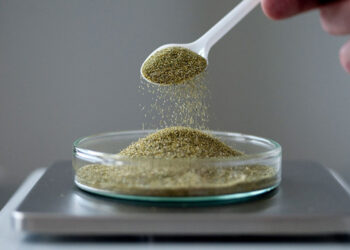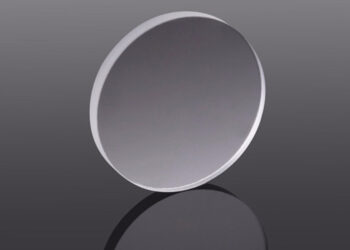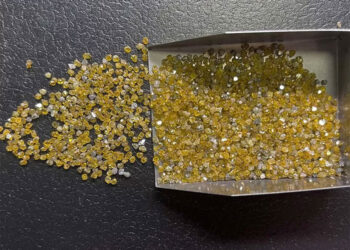

Project Details
- Product Name:
CVD Lab Grown Diamonds
- Color:
E F G
- Clarity:
VVS VS
- Usage:
For Cutting CVD Diamonds
- Technology:
CVD
CVD Lab grown synthetic diamonds are a modern and affordable alternative to natural mined diamonds. Compared to mined diamonds, CVD diamonds are typically priced twenty to thirty percent less. They can even be the same price as a 1.5-carat mined diamond. But before you make the purchase, it’s important to understand more about CVD diamonds.
Characteristics of CVD
- One of the main differences between natural diamonds and synthetic diamonds is the process used to create them. High-pressure, high-temperature (HPHT) diamond syntheses result in diamonds with limited sizes and impurities. In contrast, chemical vapor deposition, or CVD, involves a low-pressure method.
- Although there are still many differences between natural diamonds and CVD synthetics, the quality of synthetic diamonds has been significantly improved. Advanced instrumentation and spectroscopic methods are required to differentiate natural diamonds and CVD diamonds. In addition, diamonds produced by CVD technology exhibit distinctive fluorescence reactions and graining patterns. These features are difficult to detect in natural diamonds.
Gemological properties of CVD diamonds :
CVD lab grown diamonds are generally cheaper than natural diamonds, but they still retain the high value of a natural diamond. As a result, these diamonds aren’t as easily scratched as natural ones. However, they won’t sparkle as much or have the same hardness as natural diamonds.
- CVD begins with a seed diamond. This seed is then placed inside a sealed chamber. This chamber is then heated to about 800 degrees celsius. Then, it is filled with gases rich in carbon. The gases are broken down by ionisation, allowing the carbon to merge with the diamond seed.
- Another benefit of CVD lab grown diamonds is that they are ethically sourced. Natural diamonds are often mined in conflict-ridden areas, and their sale can fund armed conflicts and civil violence. They may also be the product of teenage labor. In contrast, diamonds that are created in labs are ethically sourced and conflict-free. They are also more affordable than natural diamonds, but are still of high quality and value.
CVD Lab Grown Diamonds Advantage:
CVD lab grown diamonds are one of the more affordable ways to buy a diamond. They are graded on a number of different qualities, including cut, clarity, carat weight, and fluorescence.
The initial investment and operating costs of lab-grown diamonds are much lower than those of natural diamonds. However, the initial investments in man-made diamonds are high, and retailers are unlikely to apply the same sales pressure as they do to natural diamonds. Moreover, consumers are increasingly concerned about environmental and social factors, including the cost of diamonds.
In the past few years, the technology used to grow diamonds has improved dramatically, making the process more affordable and faster. Compared to mined diamonds, CVD lab-grown diamonds are much cheaper. As a result, they are gaining market share and competition with mined diamond companies.
The process used to create CVD lab grown diamonds is similar to natural diamonds. It requires about half the energy and time required to mine a diamond. Lab-grown diamonds are cut and polished like natural diamonds, but are much more affordable. They also have fewer impurities.
The cost of CVD lab-grown diamonds varies depending on color. CVD diamonds can be colorless or contain trace amounts of yellow, brown, or blue color. While these differences aren’t always apparent to the naked eye, they can still be quite expensive. Generally speaking, CVD diamonds in the G-J range are colorless to the naked eye and are cheaper than diamonds in the D, E, and F color ranges.
Another advantage of lab-grown diamonds is the reduced energy needed for production. Natural diamonds require a high amount of energy, which can have an adverse effect on the environment. In comparison, lab-grown diamonds use 20 to 28 kilowatt-hours of energy per carat, which is significantly lower than natural diamonds.
The process used to create CVD lab grown diamonds involves the deposition of diamond crystals in a high pressure and high temperature environment. Many manufacturers produce lab grown diamonds and the process has become extremely popular. This means that retailers must develop reliable ways to identify CVD diamonds to maintain consumer trust. The end products of this growth process are very similar to their natural counterparts, which makes it crucial for retailers to disclose the true origin of their diamonds.
Related Projects

lab grown diamonds
Nanometer Modified Diamond Powder

lab grown diamonds
CVD SC Diamond Optical Window

lab grown diamonds